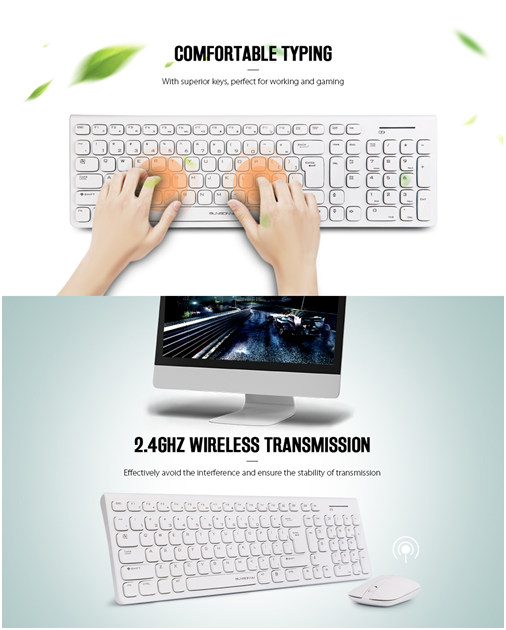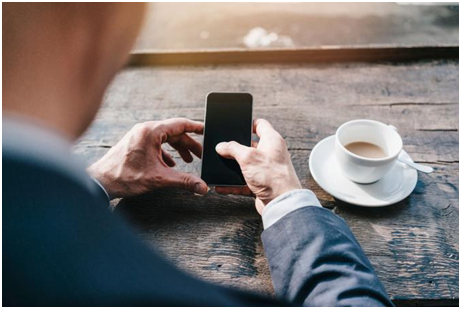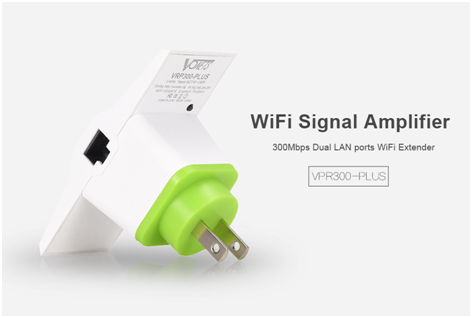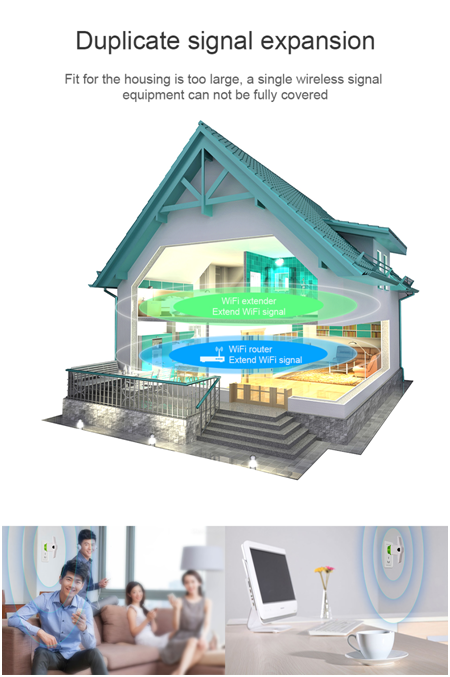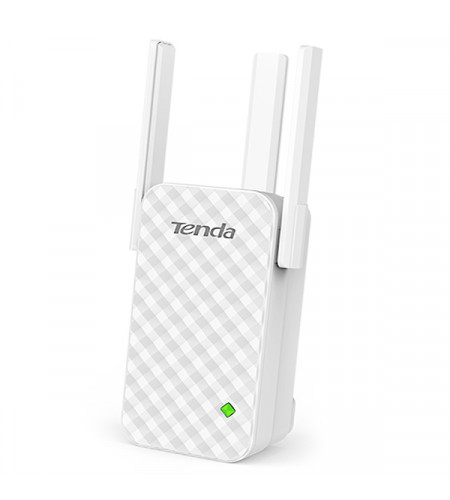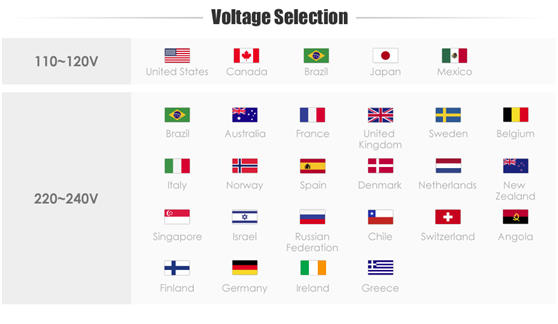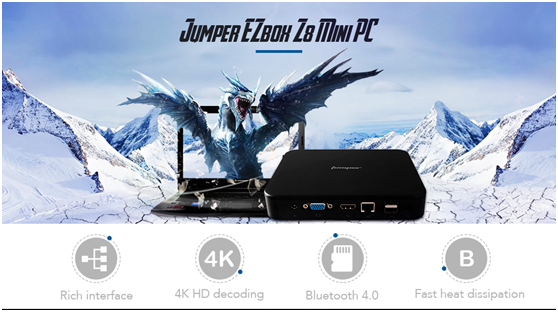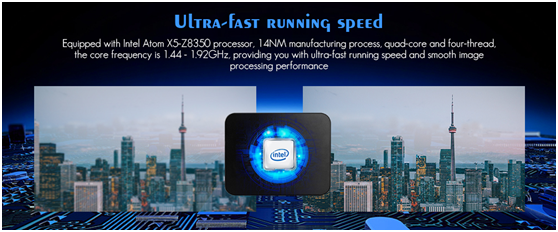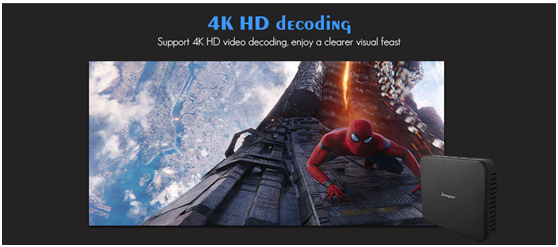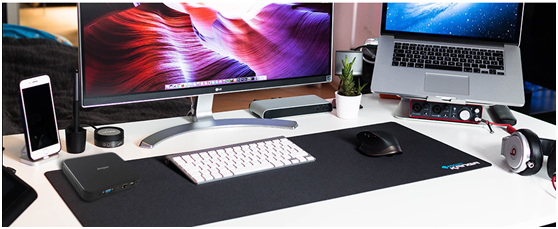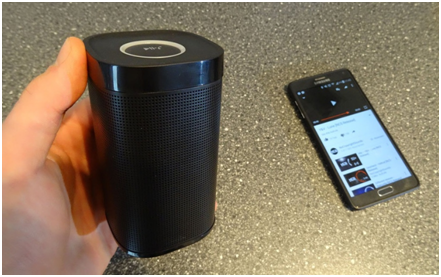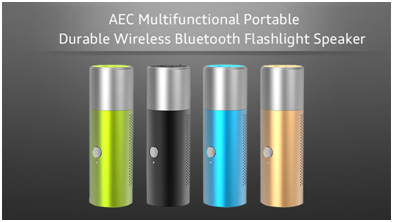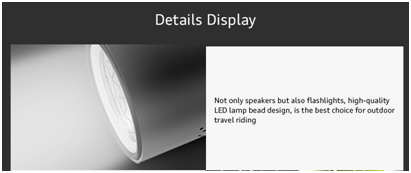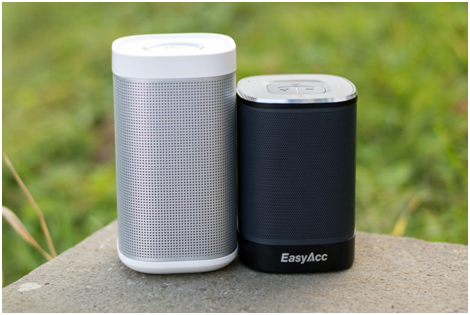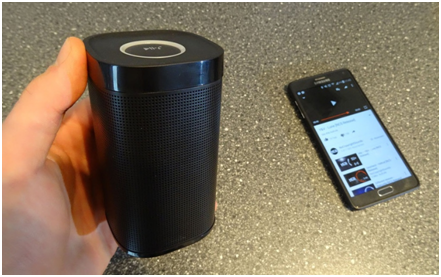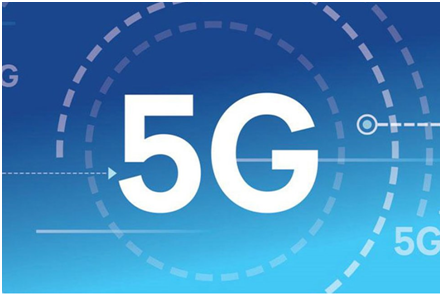
- 5G phones and networks rolling out this year
If you buy a compatible phone, fancy paying a little more for your phone contract and live within a large urban area, the chances are good that you can be using 5G by the end of 2019.
In the US, AT&T, T-Mobile, Sprint and Verizon 5G is now live in certain cities while in the UK EE and Vodafone are live, with O2 following in October. Three UK is launching a home broadband service in August followed by 25 other locations by the end of the year.
As well as the first part of the network rollout, we'll also be seeing a lot of 5G phones launching during the remainder of the year. Several 5G devices are already announced and on sale.
So come with us while we explain the key players in 5G, why it'll probably be coming to your next phone (definitely the one after that) and how it can revolutionise home broadband, too.
What is 5G?
5G is the next evolution in mobile phone networks. In the last two decades we've had the launch of 3G, then 4G, and now 2019 will see the launch of 5G which will roll-out significantly faster than 4G.
With a new network comes new capabilities, from broadband-like speeds on your phone, improved downloading and uploading speeds, and for IoT (Internet of Things) the ability for companies to control devices remotely in a much more efficient and faster way than currently possible.
By 2024 there will be over 1.5 billion of us connected to 5G, according to Ericsson, a company that makes some of the infrastructure that will make all this possible. That journey is kicking off now with the first 5G networks.
Naturally, there will be a price premium for 5G, even if Vodafone has suggested it will come at no extra cost for existing customers. Analyst Paolo Pescatore says that "ultimately, consumer demand for 5G is unproven. Asking them to pay a premium will be challenging.
Pescatore suggests that networks need to explain clearly to users the benefits of 5G as well as what bundled extras or benefits they can get with 5G deals. He also suggests that prices will fall. "The initial premium will quickly erode as we’ve seen with previous generations."
Dominic Sunnebo, director of consumer insight at Kantar says that many consumers are already highly aware of 5G. It polled 10,000 people in June which suggested that only 9 percent of the UK population are unaware of it.
A further 44 percent of consumers have heard of 5G, but know nothing about it.
Of those who are aware of 5G and have some level of understanding of it, 23 percent say they're likely to opt for it when they upgrade.
What are the benefits of 5G?
The biggest noticeable benefits will be speed. 5G is expected to deliver somewhere between 80-100Mbps meaning you'll get home broadband-like speed wherever you are. That's going to make a huge difference when it comes to downloading movies, large files, or playing games and for many will mean they could theoretically ditch their home broadband altogether. Think of movie streaming as seamlessly as music streaming currently is.
Another huge benefit is about how quickly you'll be able to push data back up to the network. 4G has always been about getting data - streaming movies or music for example - but with 5G the network will be able to handle all this data much more efficiently. That improved "latency" opens up plenty of possibilities.
That could be new augmented reality experiences, PC-quality gaming on your mobile with "zero lag", or having multi-way video calling without any issues.
Things should also get better on the train and in large populated areas as the 5G network will be better at coping with your movement and when lots of people are connecting to the network at a football game for example.
Beyond general consumer needs, a 5G network will also allow the communication between autonomous cars remotely, a connected traffic infrastructure, and remote factories working without local intervention.
What 5G devices will there be?
Several 5G phones are now available depending on network including the Samsung S10 5G, LG V50 ThinQ, Oppo Reno 5G and Xiaomi's Mi Mix 3 5G.
We're keeping track of all the 5G phones that are coming in 2019 in a separate feature.
5G will also be coming to your home, should you want it - 5G routers are an alternative to fixed line broadband. AT&T is already selling the Nighthawk 5G Mobile Hotspot ($499) in the US with a monthly subscription of $70 for 15GB of 5G data a month.
We're going to see more of these devices such as the HTC 5G Hub with Alexa. There's also a Huawei 5G CPE Pro router, too. The HTC and Huawei devices will be coming to various UK networks.
What carriers will offer 5G in the US?
Sprint, Verizon, AT&T and T-Mobile are all launching 5G in the US and some are already offering 5G services in a handful of areas.
Sprint 5G
Sprint is focusing on initial roll-out in these major US cities: Atlanta, Chicago, Dallas and Kansas City. It's due to come to Los Angeles, New York City (Midtown and Lower Manhattan), Phoenix and Washington, DC in the next few weeks.
In total, Sprint said it’ll cover more than 1,000 square miles in all nine cities - and 11.5 million people by the time is has completed the first wave of rollout.
Sprint says it's using a “split mode” so that devices can use 5G NR and LTE Advanced for consistent coverage. Like UK networks, Sprint is currently forgoing the millimeter-wave (mmWave) tech that Verizon and AT&T are.
Sprint is offering the LG V50 ThinQ as a handset option plus HTC's 5G hub for mobile broadband.
Sprint adds its customers will be among the first in the U.S. to experience Hatch Premium’s mobile 5G cloud gaming service with a three-month trial included with all Sprint 5G phones. The service includes unlimited access to 100 premium mobile games.
Sprint has also confirmed that Google Fi users will be able to take advantage of its 5G network, although there is no indication of when.
T-Mobile 5G
T-Mobile has deployed 5G services in roughly 30 cities including Los Angeles, New York, Dallas and Las Vegas.
AT&T 5G
AT&T has 12 cities ready for 5G wireless: Atlanta, Charlotte, Dallas, Houston, Indianapolis, Jacksonville, Louisville, Oklahoma City, New Orleans, Raleigh, San Antonio and Waco. It will soon deploy mobile 5G in Las Vegas, Los Angeles, Nashville, Orlando, San Diego, San Francisco and San Jose.
Verizon 5G
Verizon says it is targeting 30 US cities for 5G "by the end of 2019".
However, it has now launched the service in Chicago, St. Paul, Denver, Providence and Minneapolis. Current subscribers will need to pay $10 extra a month to use the so-called 5G Ultra Wideband Network.
Initially, there will only be one handset supported - the Moto Z3 with 5G Moto mod. But the Galaxy S10 5G has been confirmed as coming to Verizon later in the year, as has the LG V50 ThinQ.
Verizon says users can expect typical download speeds of 450Mbps, with peak speeds of nearly 1Gbps, and latency less than 30 seconds.
Verizon says it will not throttle 5G data but that throttling will continue when the network drops down to 4G.
Verizon is already offering a 5G home broadband replacement service instead. Verizon 5G Home users have speeds up to 1Gbps - "cut everything you hate about cable" says the corporation in its marketing. Additionally, the network has now also launched the Inseego MiFi - the first 5G hotspot to become available.
It costs from $70 per month with the first 3 months free (it's cheaper for existing customers) and you also get a free Apple TV 4K or Google Chromecast Ultra, too. Verizon's 5G Home service is available in Los Angeles and Sacramento in California, as well as Houston, Texas and Indianapolis. Other areas are coming soon.
What networks will offer 5G in the UK?
In the UK, Vodafone, EE, O2 and Three have confirmed they are launching commercially available 5G services in 2019.
BT 5G
BT's 5G network is launching in the autumn. BT and EE are the same company now, so BT is really a virtual network operator using the EE network. 5G will be rolled out to the busiest parts of 16 cities across the UK by the end of 2019, matching the EE list of rollout locations below. Like Vodafone, BT has also indicated it will offer a converged home 5G broadband and 5G mobile plan.
EE 5G
EE launched its 5G network on 30 May. The initial rollout started with each UK country capital; London, Edinburgh, Cardiff and Belfast, alongside Birmingham and Manchester. The initial focus will be on outside coverage.
More cities will get 5G coverage during 2019; Bristol, Coventry, Leicester, Nottingham, Sheffield, Liverpool, Hull, Leeds, Newcastle and Glasgow. These areas are also slated for early 2020: Aberdeen, Cambridge, Derby, Gloucester, Peterborough, Plymouth, Portsmouth, Southampton, Worcester and Wolverhampton.
EE tells Pocket-lint that although the roll-out will be slower than its 4G efforts, the network still plans to upgrade 1,500 sites over the coming year - EE says these locations will carry 25% of all the data across its entire network – but only cover 15% of the UK population.
The network believes that customers in busy areas will get speed boosts of up to 100-150Mbps over 4G, with some experiencing up to 1Gbps - 5G performance will improve over time.
Contracts with a phone will start from £54 a month and SIM-only plans will cost from £32 a month. According to our estimates, 5G is going to cost you around a £12 a month premium.
You do also get some swappable benefits such as making services like Netflix and BT Sport exempt from your data limit or a roaming pass. More details here.
In terms of 5G broadband, EE is offering HTC's 5G Mobile Smart Hub (it previously said it would offer Huawei's 5G CPE Pro router but this appears to have been shelved). With an upfront cost of £100, you can sign up to one of two plans - 50GB for £50 per month or 100GB plan for £75.
EE also did a 5G trial at the Glastonbury Festival. However, as there was hardly anybody on site with a 5G phone - apart from journalists and analysts - this was mostly an opportunity for EE to promote 5G service to the public via a 5G-powered Wi-Fi service.
In terms of phones, EE is selling the Samsung Galaxy S10 5G, LG V50 ThinQ and the Oppo Reno 5G. Since late last year, we've also known that EE will range the OnePlus 5G smartphone as a network exclusive - the OnePlus 7 Pro 5G.
Despite previously announcing the Huawei Mate X 5G, it was absent from EE's initial device list at the 5G press launch. However, Huawei says it will be available in the UK from July, although we don't know which networks will stock it.
Three 5G
Three says it is investing over £2 billion into its 5G rollout and has bought the most 5G spectrum in the UK (100MHz). It claims this will deliver the fastest UK network as a result. It probably can, but this is currently unproven.
In the light of Huawei's recent headlines, Three is at pains to point out that its core network tech is from Nokia, although the other networks aren't using Huawei tech in their core networks either.
Three's UK 5G network will launch in August though there is a little catch - like Verizon in the US it will be only offering home broadband to begin with. It'll also only be launching in London as well, though it has promised a roll-out list of 25 towns and cities by the end of 2019.
These are: London, Birmingham, Bolton, Bradford, Brighton, Bristol, Cardiff, Coventry, Derby, Edinburgh, Glasgow, Hull, Leeds, Leicester, Liverpool, Manchester, Middlesbrough, Milton Keynes, Nottingham, Reading, Rotherham, Sheffield, Slough, Sunderland and Wolverhampton. There are a few glaring omissions though considering the size of the cities list - no Belfast, Newcastle, Plymouth, Portsmouth or Southampton.
Three held a launch for journalists and analysts on 1 July, but although this yielded a bunch of technical details about its new smart antenna network, we still didn't get any practical information on handsets and pricing.
We believe the Xiaomi Mi Mix 3 5G will be coming to Three when it launches 5G and we were also previously told that the Huawei Mate 20 X 5G will also be coming to the network - however, given Huawei's current status this is a bit up in the air. Again, Huawei says it will be available in the UK from July.
Vodafone 5G
Vodafone UK 5G is now live, with 5G roaming also available in several locations. Crucially, Vodafone has also announced that "5G [will be] priced the same as 4G".
There is more on prices and so on in our separate feature: Vodafone 5G: The phones, the speeds, the prices and everything you need to know
The 5G network is now live in 15 places - Bristol, Cardiff, Glasgow, Manchester, Liverpool, London. Birkenhead, Bolton, Gatwick, Lancaster, Newbury, Plymouth, Stoke-on-Trent and Wolverhampton have also now got the service.
It also added the Isles of Scilly to the launch list. While that might sound a little bizarre, it seems Vodafone is hoping to use the islands a showcase for services - such as healthcare - to use 5G to communicate with the mainland.
"We plan to have 1,000 5G sites live by 2020," Vodafone has told Pocket-lint, but also confirmed, like EE and Three, that the 5G roll-out will take "place over a period of years, rather than months."
In order to get 5G deployed as quickly as possible, Vodafone has teamed up with O2 to build a joint 5G network. This will mostly be outside of the larger cities where the networks say they will still work autonomously - in simple terms, this means they'll still have sole responsibility for around a quarter of their mast sites.
The pair already do some network-sharing and also run a joint venture that manages network sites (but not the equipment itself).
In a 5G test at Manchester Airport, Vodafone's trial network was shown to yield download speeds around four times that of 4G - not amazing, but a start. A 656MB episode of Tin Star downloaded in 45 seconds, while the whole series took around six minutes. On 4G, the series took 26 minutes.
Vodafone is offering the Xiaomi Mi Mix 5G and Samsung' S10 5G
The network previously confirmed it would be offering Huawei's Mate 20 X 5G - although didn't go with it at launch. Huawei says it will be available in the UK imminently, so it might also come to Vodafone at that point.
In terms of home broadband on 5G, Vodafone will use HTC's 5G Mobile Smart Hub and Huawei's 5G Gigacube router, too. Pricing is now available for that, too.
O2 5G
O2 emerged from the Ofcom spectrum auction with a good deal of 5G spectrum. While we were originally led to believe that it would wait until 2020 to launch 5G services, it's now announced it will be rolling out 5G services to several places in 2019. Like Vodafone, it is ranging the Samsung Galaxy S10 5G and Xiaomi Mix 3 5G initially but says other handsets will be available in due course.
The first locations to go live will be Belfast, Cardiff, Edinburgh, London, Slough and Leeds with a total of 20 towns and cities catered for by the end of 2019. In addition to rolling out 5G to central areas, the network will also bring 5G to transport hubs as well as entertainment venues like The O2 in Greenwich and Twickenham Stadium (O2 sponsors England Rugby).
O2 won't be using Huawei's radio access gear in its networking sites, instead using gear from Ericsson and Nokia. It means that O2 is the only one of the UK networks to commit to this. As we mentioned above, O2 and Vodafone have a joint network sharing venture which means that about three-quarters of their UK mast sites are used by both networks. As for the other quarter, around 2,700 sites in 23 of the UK's biggest areas will have gear present from both networks.
Full details on O2’s 5G tariffs, handsets and devices "will be revealed later this year".
What hardware will 5G phones use?
Many of these new handsets will run Qualcomm's Snapdragon 855 platform and the X50 5G-capable modem which was first previewed back in 2016. The X50 modem has some limitations: it doesn't cover all types of 5G network and it's a separate modem, so doesn't cover 2G-4G (that needs separate hardware).
Qualcomm has subsequently announced the Snapdragon X55 modem, and this is a more comprehensive offering that the X50 being a truely global 5G modem, covering all network types - as well as covering 2G-4G as well. The modem will support download speeds of up to 7Gbps and uploads of 3Gbps.
Currently, the modem is an add-on chip to the 855 platform, meaning that phone makers can choose to make 4G 855 devices. That's set to change with the next-generation that'll be announced in late 2019 - it'll integrate 5G on the Snapdragon 655 platform itself (yes, logic dictates it'll be called 655) - and that should find its way into more affordable devices.
Qualcomm says there are 20+ device manufacturers lined up to produce hardware including 5G Hotspots, routers, and of course smartphones in 2019 alone, with that number expected to grow as more companies embrace 5G.
Apple isn't one of them though. Rumours currently suggest Apple will wait until 2020 to launch a 5G iPhone, opting to use Intel's 5G modem instead after falling out with Qualcomm.
As you might expect, Samsung and Huawei are also developing their own 5G modems. Huawei's Balong 5000 will work alongside the Kirin 980 platform and will debut in Huawei's first 5G phones to be announced at Mobile World Congress 2019, while Samsung's Exynos Modem 5100 will likely find there way into Samsung's S10 5G offering and other important flagship devices from the company going forward.
MediaTek makes chipsets for many budget phones and it too has recently announced the Helio M70 5G platform that will come to devices in 2020.
Beyond phones, you can expect to see 5G in cars, laptops, VR and AR headsets, and a host of other devices creating a much more "connected world".



